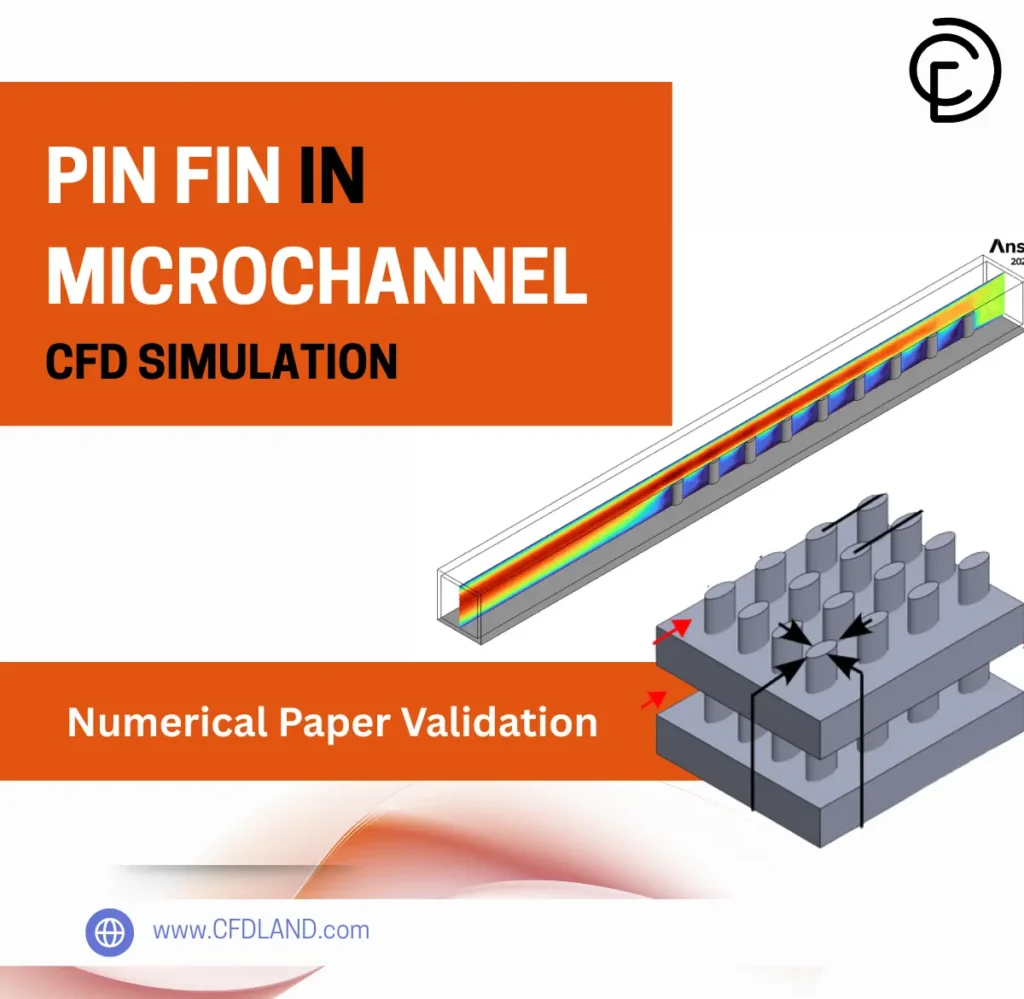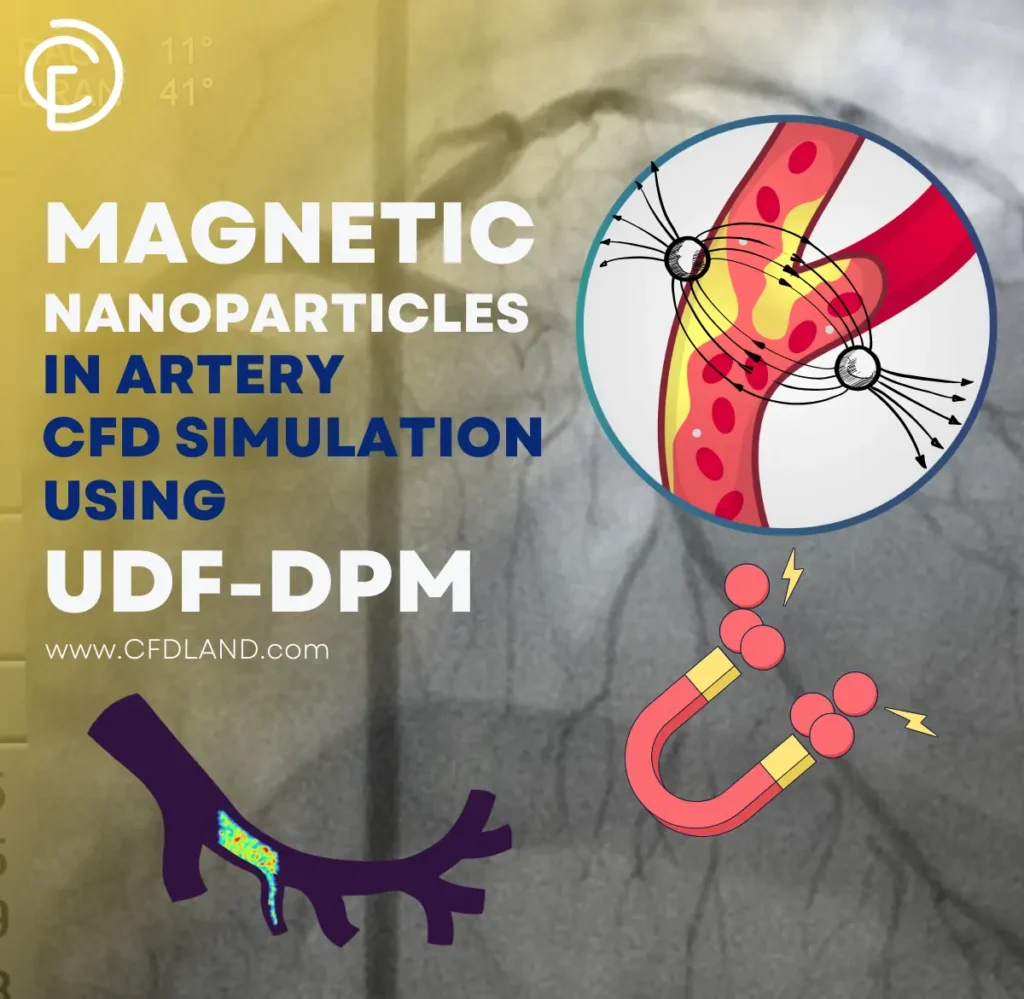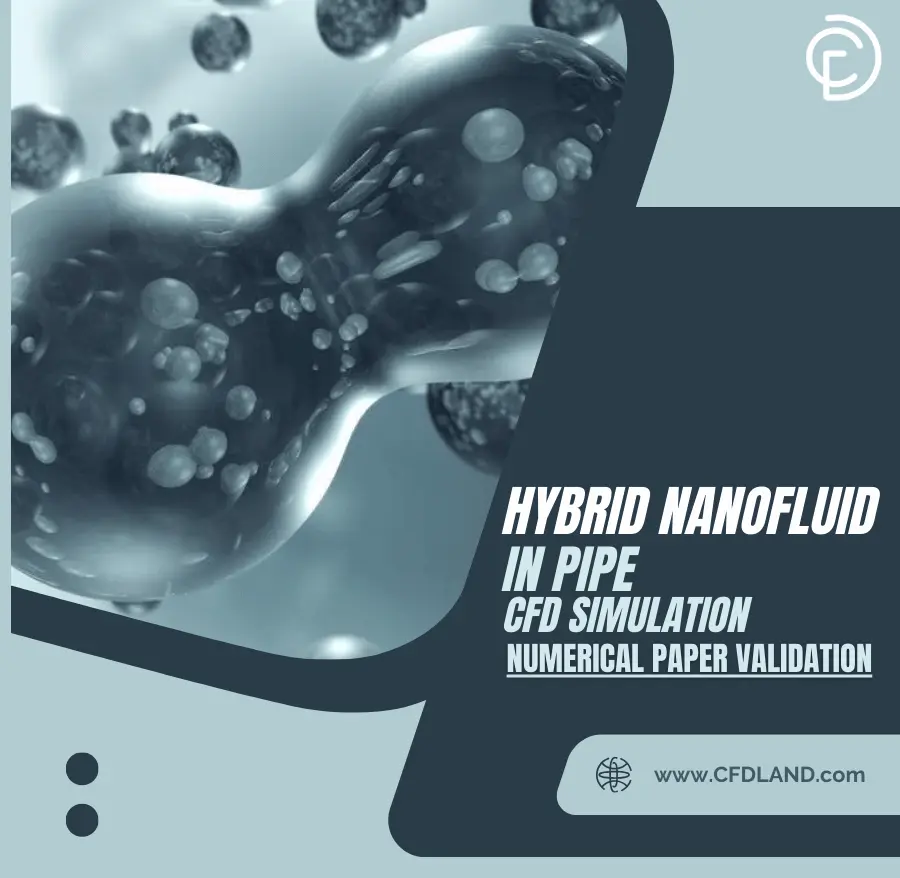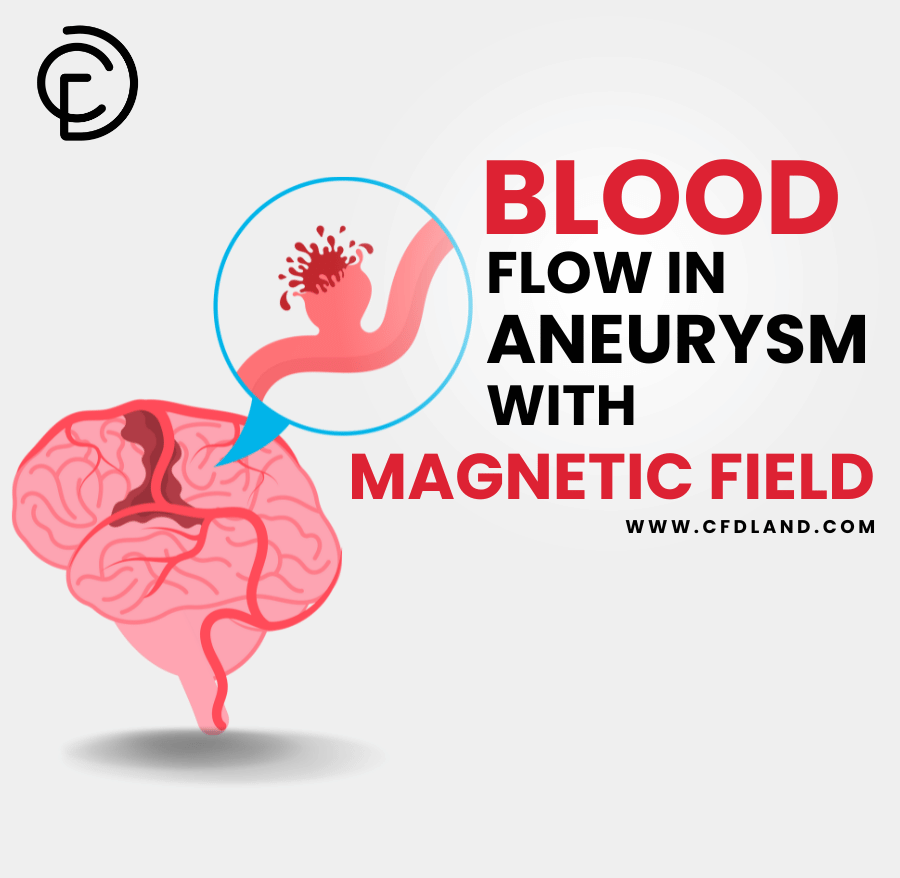Microfluids & Nanofluids CFD Simulation
€190 Original price was: €190.€155Current price is: €155.
€190 Original price was: €190.€175Current price is: €175.
€230 Original price was: €230.€185Current price is: €185.
€180 Original price was: €180.€150Current price is: €150.
€195 Original price was: €195.€145Current price is: €145.
€235 Original price was: €235.€165Current price is: €165.
What are Microfluidics and Nanofluids?
Microfluidics is the study of fluid flow on a microscale. Nanofluids are fluids that contain nano-sized particles. At this small scale, forces that are usually ignored at the large scale become important, such as surface tension and electromagnetic forces.
Additionally, at a small scale, the flow is almost always laminar. In some cases, the intermolecular forces are so significant that fluid flow is studied without the assumption of continuity (Free molecular flow regime).
Microfluidics Applications
Microfluidics is used in many industries and fields, some of which include:
- Biomedical and healthcare: Due to the fact that many processes in the human body occur on a small scale, microfluidics is used to study them. For instance, one application involves conducting blood tests to diagnose diseases using a small device known as a lab-on-a-chip, which is based on flow in micro dimensions. Another example is drug delivery, which examines how drugs transfer within the small dimensions of the human body or target specific organs. CFD models are employed to simulate and optimize fluid behavior within microfluidic devices.
- Inkjet printing: This involves numerous injectors within the printing machine. To ensure fluid from the injector reaches the paper despite high viscosity and surface tension, the ink is heated. This process facilitates the ejection of ink droplets from the injector onto the paper. The study of ink ejection and droplet movement through the air until reaching the paper is grounded in research conducted at the microscale. CFD simulations aid in understanding ink flow dynamics and optimizing print quality in inkjet printing systems.

Wide-format inkjet printer, an example of microfluidics application
- Sensors: Many sensors operate on a small scale by utilizing fluid inputs. For example, they measure water solutes, air pollution levels, or bacteria in water quality. CFD analysis helps in designing sensors to ensure accurate fluid flow and measurement consistency.
- Microfabrication: This uses fluid flow to produce products on a very small scale, particularly in the semiconductor industry. CFD modeling assists in optimizing microfluidic device design for precise control over fluid flow and manufacturing efficiency.
Nanofluids Applications
Nanofluids are used in many industries and fields, some of which include:
- Heat transfer: Many fluids used in thermal management systems have low thermal conductivity. To address this limitation, nanoparticles with high thermal conductivity are added to the fluid. CFD simulations are employed to study the enhanced heat transfer characteristics of nanofluids and optimize their performance in thermal management applications.
- Medical and Healthcare: In industries related to medicine and the human body, various particles are utilized. For instance, nanoparticles play a crucial role in drug delivery processes to ensure effective drug administration. Additionally, patients sometimes receive drugs containing nanoparticles, which exhibit strong responses to electromagnetic waves. For example, these drugs may be administered to patients before undergoing MRI scans, a practice known as diagnostic imaging. CFD modeling helps in understanding the behavior of nanoparticles in biological fluids and optimizing drug delivery systems for targeted and efficient treatment.

MRI Brain Scan of head and skull. In some cases, patients are administered drugs containing nanoparticles for MRI imaging. These nanoparticles influence the electromagnetic waves, thereby affecting the final image.
- Detection of fluid flow properties: By adding specific nanoparticles to the fluid, it is possible to determine the velocity distribution using the PIV (Particle Image Velocimetry) method or the temperature distribution using the LIF (Laser-Induced Fluorescence) method through flow visualization techniques. CFD analysis assists in predicting and interpreting flow behavior when nanoparticles are introduced, enhancing the accuracy of experimental techniques like PIV and LIF.
- Environmental applications: Nanofluids play a crucial role in environmental applications, facilitating both pollution control in industrial emissions and wastewater treatment systems. Nanoparticles in fluids are also instrumental in environmental remediation efforts, effectively removing heavy metals and organic contaminants from soil and water, showcasing their versatility in tackling environmental challenges. CFD simulations aid in optimizing the use of nanofluids for environmental remediation, ensuring efficient pollutant removal and treatment.
Simulation of Microfluidics and Nanofluids by ANSYS Fluent
ANSYS Fluent offers extensive capabilities for simulating microfluidics and nanofluids. The software allows for the definition of complex material properties using User-Defined Functions (UDFs), which can vary based on different parameters and forces.
In ANSYS Fluent, multiphase flows relevant to nanofluids can be simulated using various methods. The software accommodates all forces applicable at microscale dimensions, enabling comprehensive simulations of fluid behavior in these systems.
With Fluent, users can effectively create, design, and validate microfluidics and nanofluids systems, ensuring robust performance and accuracy in simulation results.

Oil volume fraction, adopted from “Droplet Formation in Microfluidic Device CFD Simulation”
CFDLAND expertise in Microfluidics and Nanofluids Modeling Using ANSYS Fluent Software
In CFDLAND, we have completed many projects using ANSYS Fluent. Projects in the fields of Microfluidics and Nanofluids can be found at the top of this page. please take a look, as they might be useful to you. Our completed projects in all simulation fields can be viewed in CFD SHOP.
Trust in the expertise of our professionals and place your project orders through ORDER PROJECT. You will be pleasantly surprised by the quality of our work.






